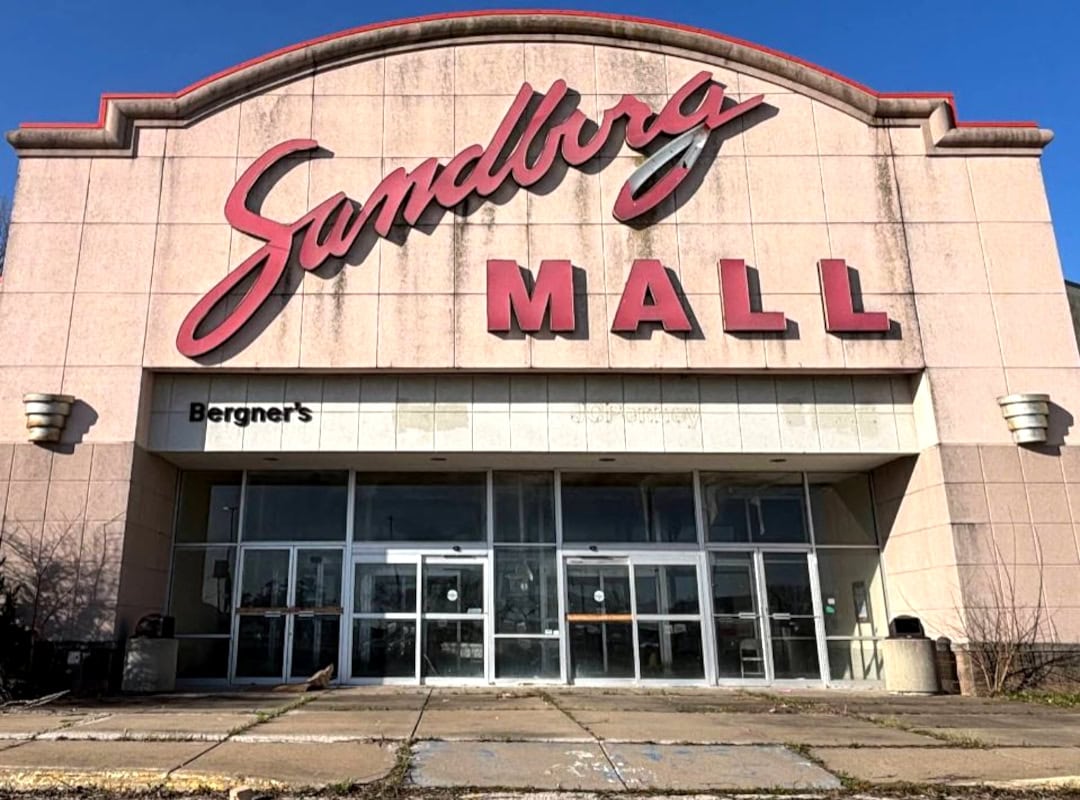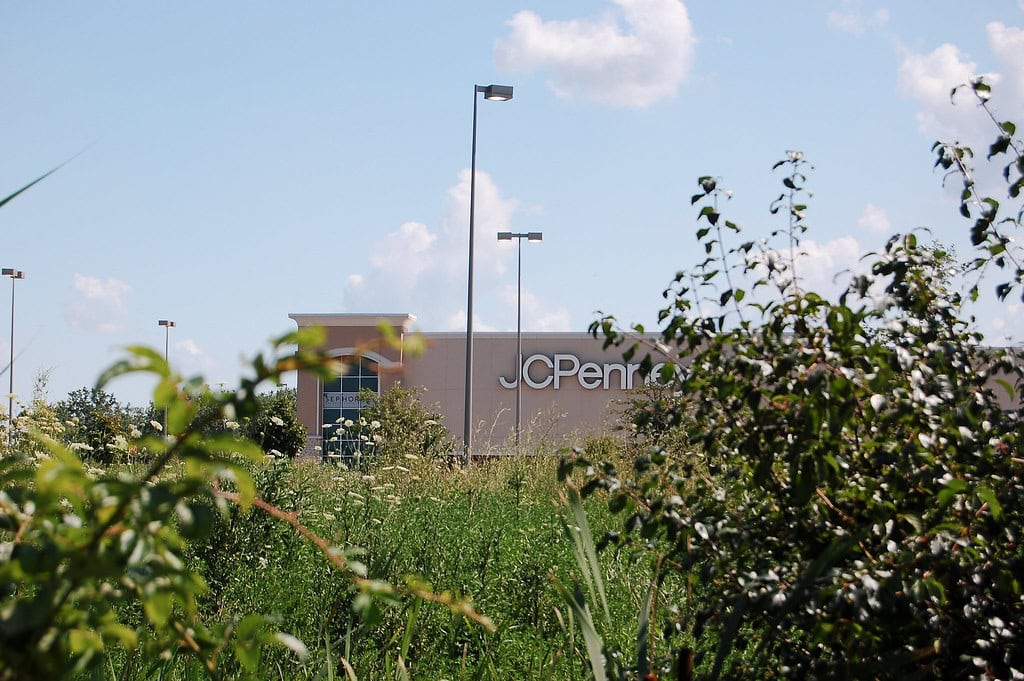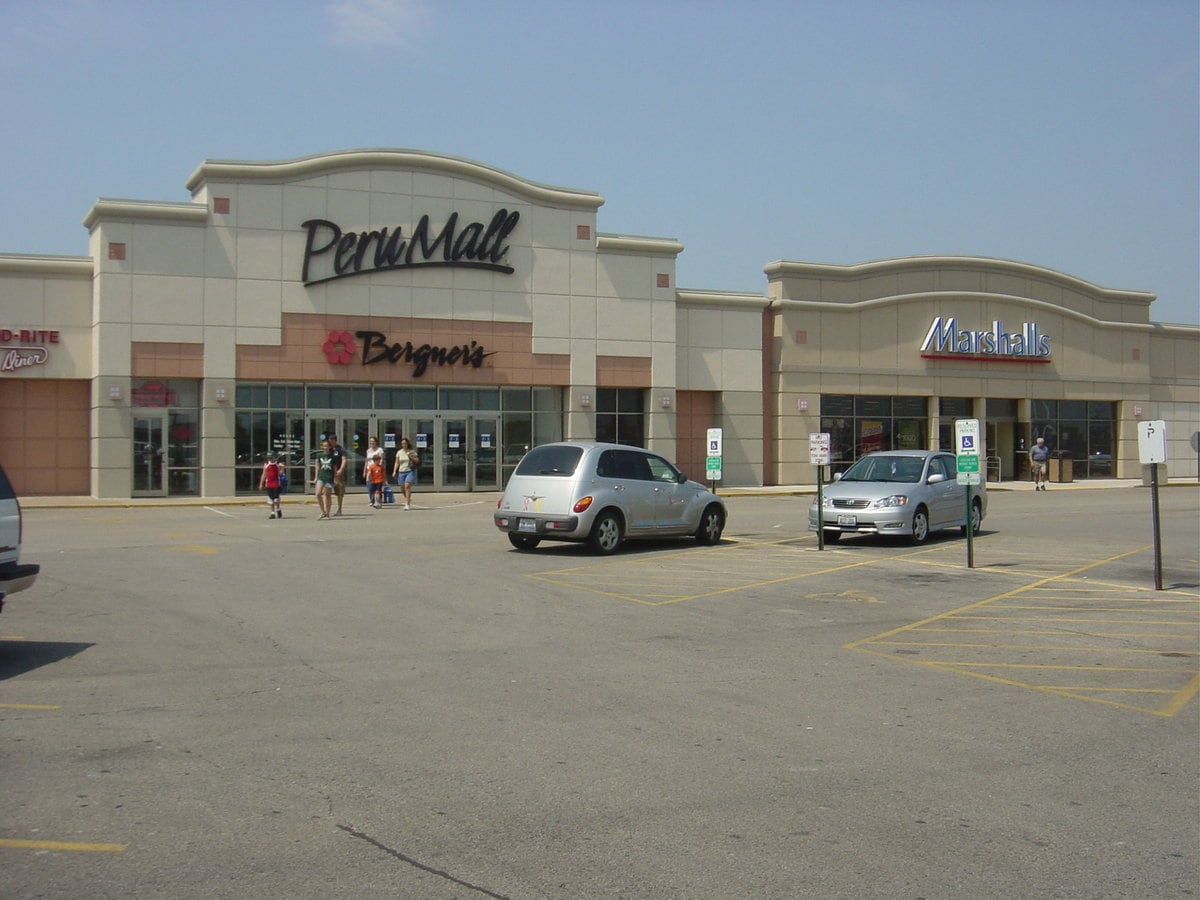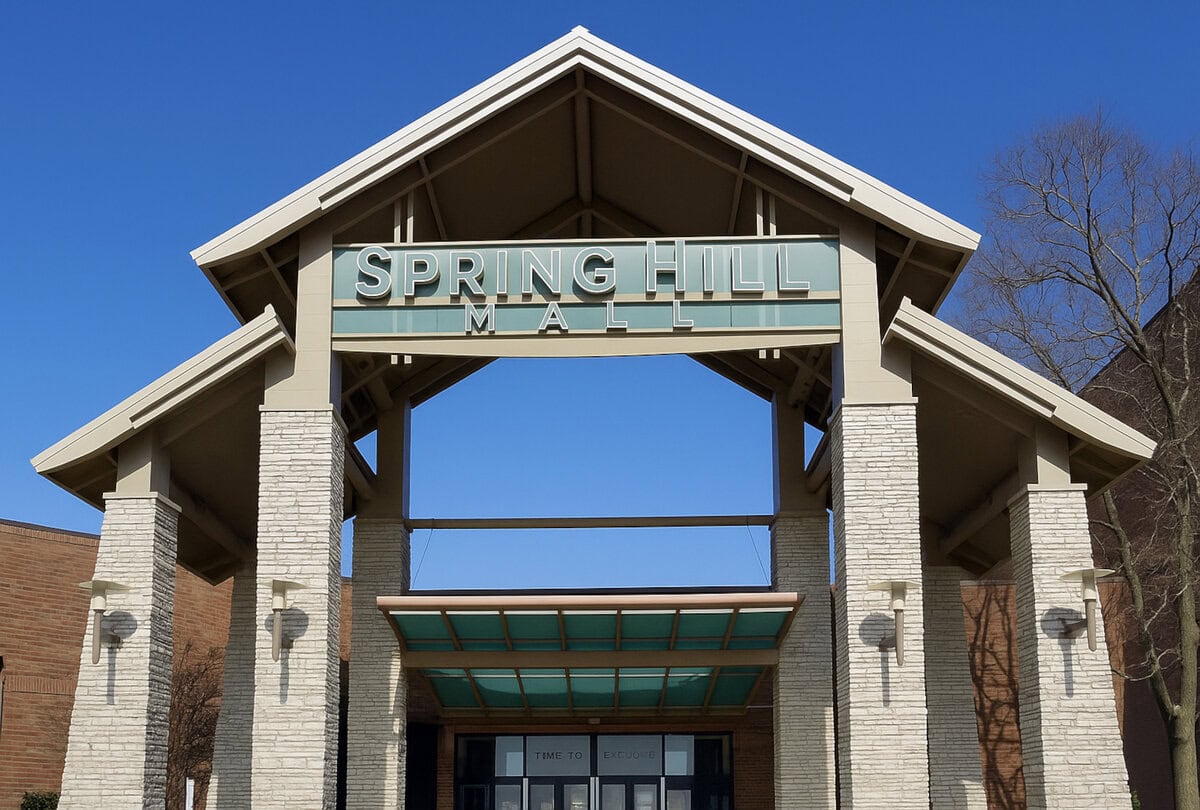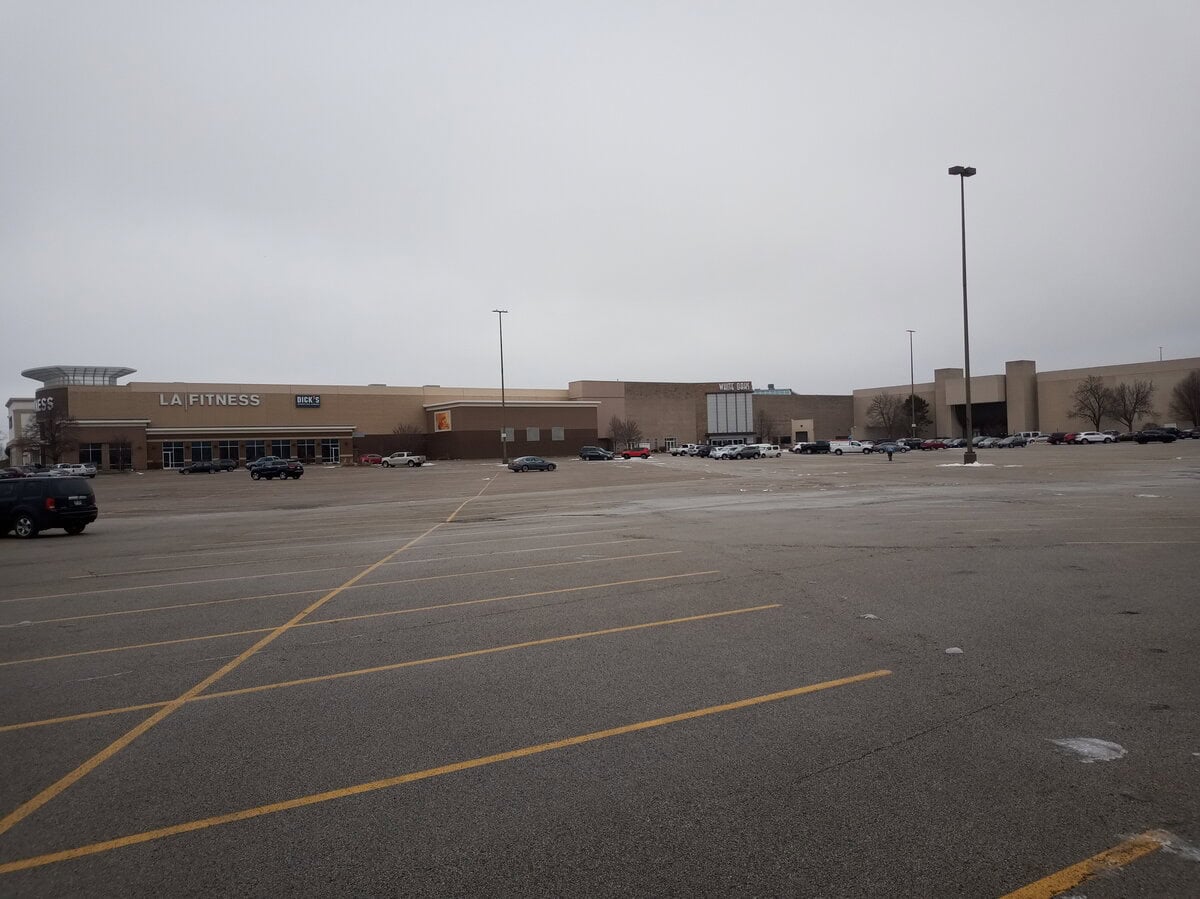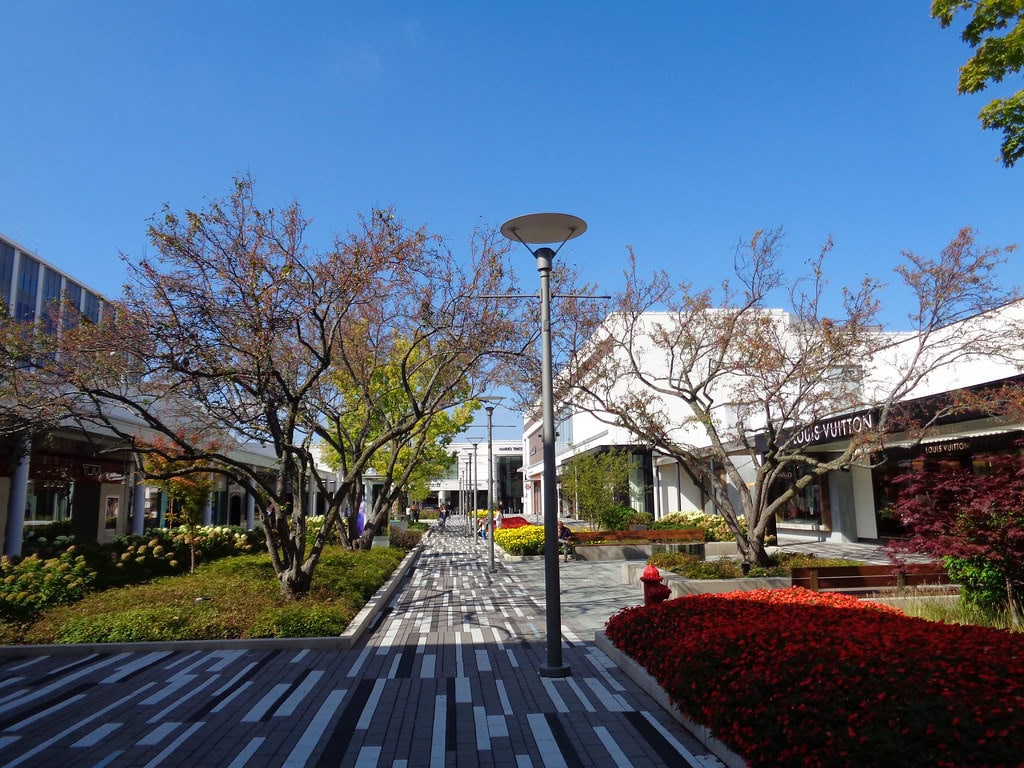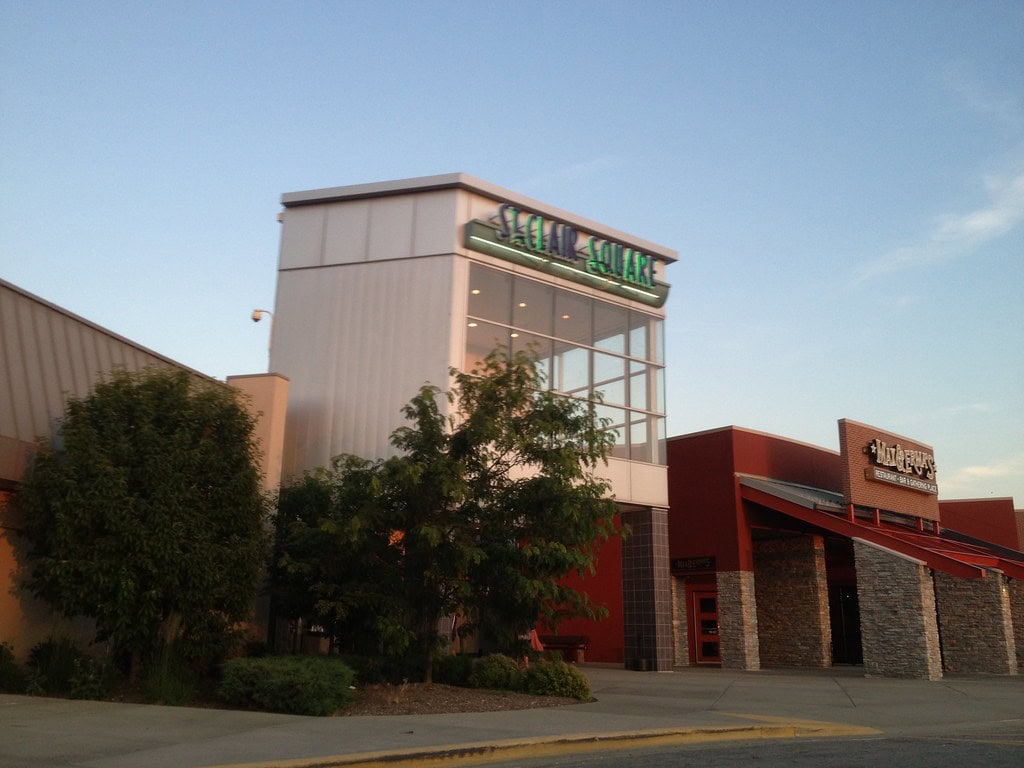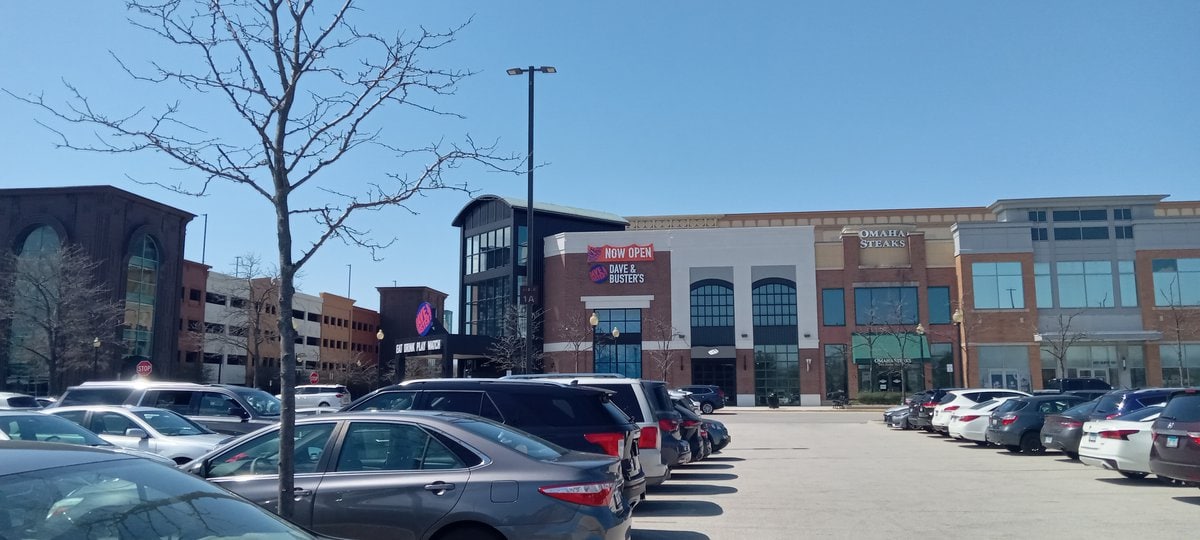Hawthorn Mall Was the Place - Now It's a Project
Hawthorn Mall in Vernon Hills, Illinois, has been part of the town's retail core since the early 1970s. Locals have seen it shift from a traditional mall to a site under sweeping transformation.
The changes now underway are hard to miss. Storefronts have been razed, new ones framed, and cranes often stand over the property.
Anyone searching for things to do in Vernon Hills might not expect to find a construction zone in the middle of it. But there's more happening here than meets the eye.
Groundbreaking, Anchors, and the 1970s Commercial Rollout
The story of Hawthorn Mall began with a $45 million investment and a build schedule that kicked off in May 1972.
Urban Investment and Development Co. took on the project as part of New Century Town, a broader real estate push that projected 5,000 housing units nearby.
They weren't building for traffic alone - they were tying retail to residential growth from the start.
By September 10, 1973, the mall had opened its doors with three anchors: Marshall Field & Company, Sears, and Lord & Taylor.
Those names carried weight at the time. Each one occupied a large square footage, flanked by fifteen smaller specialty retailers.
The opening didn't feature a food court, which matched the layout preferences of that period.
Enclosed shopping centers in the early 70s typically followed the department-store-first design, letting fashion and home goods draw traffic without fast dining as a primary lure.
Lord & Taylor occupied the space until 1990 and was replaced by Carson's.
Marshall Field's operated for over thirty years and eventually rebranded as Macy's in 2006.
Sears operated for 45 years before closing in 2018.
These long tenures show how fixed the landscape once was.
Unlike rotating tenants that characterize current leasing models, early Hawthorn preferred stability.
The arrival of Hawthorn Mall marked a distinct shift in Vernon Hills.
The area had retail, but not at this scale. As of 1973, the mall stood out as a regional draw, not just a local amenity.
Its proximity to Route 60 and Milwaukee Avenue linked it to traffic moving through Lake County and helped tie together residential and commercial zones that had previously operated on separate tracks.
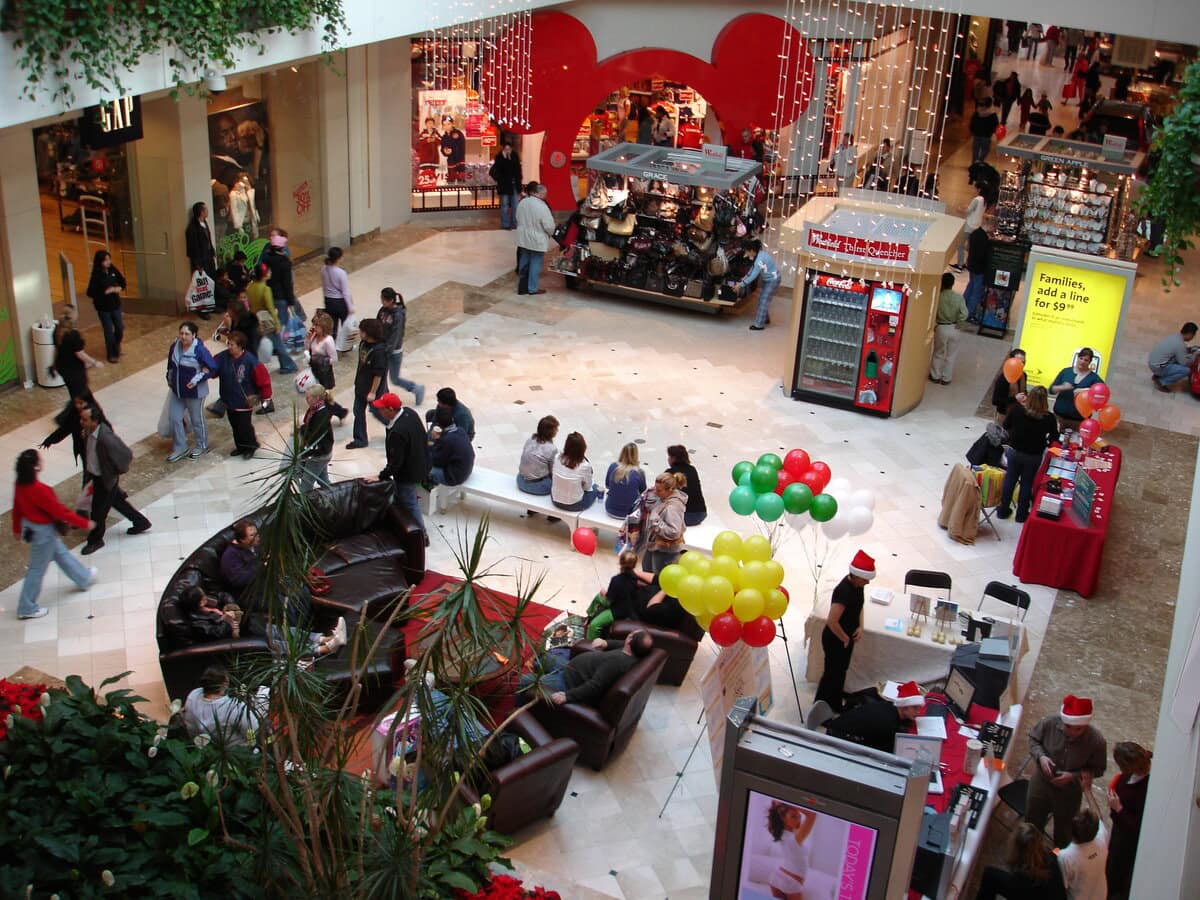
Retail Additions and Realignment in the 1990s
By the early 1990s, the retail map inside Hawthorn Mall had started to shift.
Lord & Taylor exited the space in 1990.
That corner was picked up by Carson Pirie Scott, a Chicago-based chain that took over the lease and operated there until 2018.
Carson's tenure marked a pivot away from the East Coast department store brands that dominated the original anchor lineup.
October 1995 brought in Barnes & Noble, which set up shop in a standalone spot near the mall's perimeter.
At the time, adding a national bookstore with in-store seating and café service signaled a response to newer shopper habits.
Readers could browse or linger, which subtly widened the mall's function from sales-only to time-spent retail.
That format worked for more than two decades until the store closed in 2018, as mall traffic dropped and national chains reevaluated physical footprints.
The next large move came in 1997.
JCPenney opened on the north end, replacing its Lakehurst Mall location in Waukegan, which had closed during that period.
This shift wasn't random. Lakehurst was losing traction and closing anchors, while Vernon Hills was attracting growth.
JCPenney's move linked them to a property still pulling steady regional traffic and tied them to a location anchored by retail recovery rather than decline.
In 1999, Holiday Inn Express opened next to the mall.
That addition didn't change the mall's interior layout, but it reflected rising expectations from out-of-town guests and trade visitors.
Hotels next to retail corridors had started becoming part of suburban development playbooks around that time, especially in properties near major roads like Milwaukee Avenue.
Ownership Transfers and Brand Refresh (2002-2015)
In 2002, Westfield Group acquired Hawthorn Mall and folded it into its U.S. portfolio.
The rebrand arrived shortly after, with the name shifting to "Westfield Shoppingtown Hawthorn " and then to "Westfield Hawthorn" in 2005.
These naming conventions weren't random - Westfield was pushing consistency across holdings in the States, matching signage and presentation to its broader portfolio strategy.
The mall's configuration didn't radically shift in those early Westfield years, but entertainment leasing gained traction.
On March 26, 2014, Dave & Buster's opened inside the building, bringing a dual-purpose tenant that aimed to fill both weekday evenings and weekend traffic.
Later that same year, on July 21, Maggiano's Little Italy opened, further expanding the mall's food and beverage section.
These two leases positioned Hawthorn as something closer to a destination - still retail-heavy but more spread out across restaurant and entertainment categories.
The spring of 2015 brought the next key anchor: AMC Theatres opened a 12-screen complex.
The decision followed patterns seen at other suburban malls where cinema chains took over underused square footage.
The move provided a high-traffic anchor that didn't compete with fashion or department stores but complemented both.
In December 2015, Westfield sold 80% of its interest in the mall.
The partial divestment marked the start of a drawn-out transition.
While Westfield signage remained for a time, decision-making had begun shifting behind the scenes.
This was also when early redevelopment concepts started circulating among commercial real estate watchers, though no formal plans had yet been filed.

Anchor Departures and Parcel Demolitions (2016-2020)
Between 2016 and 2020, two long-standing anchors closed at Hawthorn Mall.
Both exits landed close together and created a clear break with its department store roots.
On April 18, 2018, Carson Pirie Scott's parent company announced a shutdown of the Vernon Hills location, citing unresolved debt conditions.
The store closed in August. That anchor had been active for 27 years.
Just a few months later, Sears confirmed its closure.
On May 31, 2018, the company named Hawthorn Mall as one of the locations it would exit.
The closure was part of a broader pullback from brick-and-mortar sites.
Sears had opened at the mall in 1973 and operated for 45 years without interruption.
Both anchors left behind large footprints - multi-level, interior-facing structures that weren't easily adaptable to modern tenant needs.
Demolition work began in early 2021. The former Carson's and Sears buildings were both razed.
This wasn't a cosmetic change. It cleared the way for future mixed-use "main street"-style redevelopment.
That stretch of the property was earmarked for new housing, street-level retail, and upgraded public infrastructure.
The original mall footprint shrank, but the lot itself was prepped for expanded use.
This shift wasn't limited to anchors. Barnes & Noble also left the property in 2018.
Though smaller in scale, its departure cut into a tier of retail that had once been seen as a long-term draw.
With those three closures, the enclosed mall lost over 250,000 square feet of leasable space in two years.
Lease Expansions and Mixed-Use Redevelopment (2021-2025)
By 2021, the concept of Hawthorn Mall as a traditional retail destination had given way to a hybrid model.
The property became the focus of the "Hawthorn 2.0" redevelopment - an investment push led by Centennial Real Estate and local partners.
The project added new construction, updated infrastructure, and a reshaped tenant roster aimed at diversifying use beyond shopping.
Domaine, a luxury apartment development with 311 units, was completed and reached over 90% occupancy by late 2024.
These buildings stand on land where the old anchors once sat.
Ground-floor retail was added, along with access corridors to the remaining enclosed mall.
The project expanded the site's residential population and increased daily foot traffic from tenants, not just visitors.
Retail leasing followed suit.
Sephora, Free People Movement, Anthropologie, The Lovesac Company, and Perry's Steakhouse & Grille were all announced between 2023 and 2024.
Perry's Steakhouse & Grille opened in early 2024, with seating for 350 guests and a footprint at 1050 N. Milwaukee Avenue.
Each new tenant was placed along Hawthorn Row, a streetscape built to attract walk-up businesses from both residents and outside traffic.
Dom's Kitchen & Market received approval to open in 2025.
This would mark the chain's first suburban location and fill a grocery slot within the development.
Yard House, a restaurant chain under Darden, is also scheduled to open in July 2025.
As of early 2025, construction continues on a three-acre plaza and an additional 282 apartments.
Townhouses have been proposed along the south edge of the site.
These builds shift the mall's identity toward mixed-use, with ground-floor retail and upper-floor housing replacing legacy anchors.
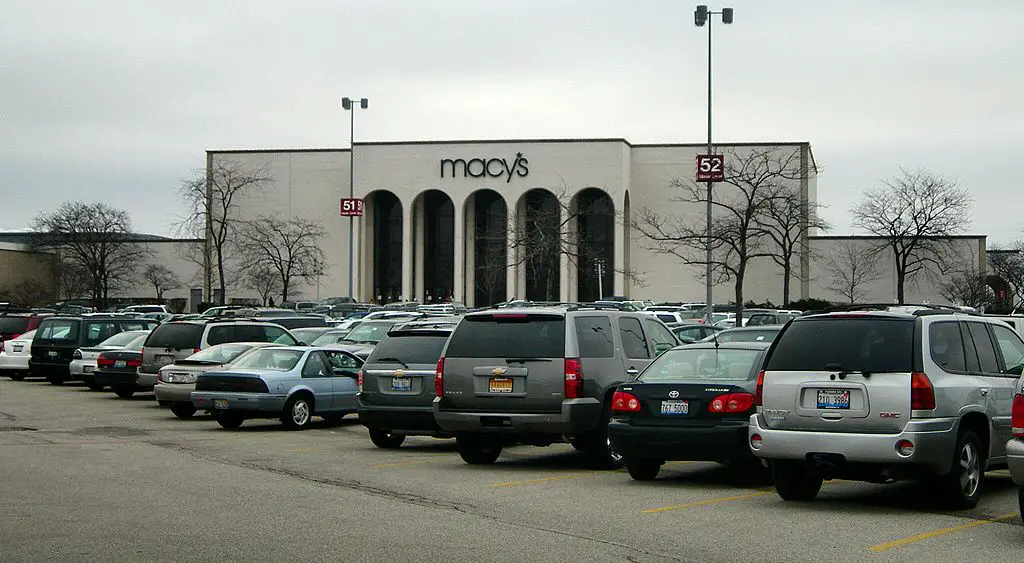
🍀

